Savusavu Fiji
The Hidden Paradise

Savusavu, as an international port of entry into Fiji, attracts over 250 overseas yachts each year. It is the first port of arrival for yachts sailing from Samoa and Tonga. During the cruising season between May and October, Savusavu’s harbor is bustling with yachts coming and going. The yachting community brings international diversity and vibrancy to our small town. Many yachts use Savusavu as a base for cruising the less explored North and often stay for the cyclone season in Savusavu’s protected Nakama Creek.
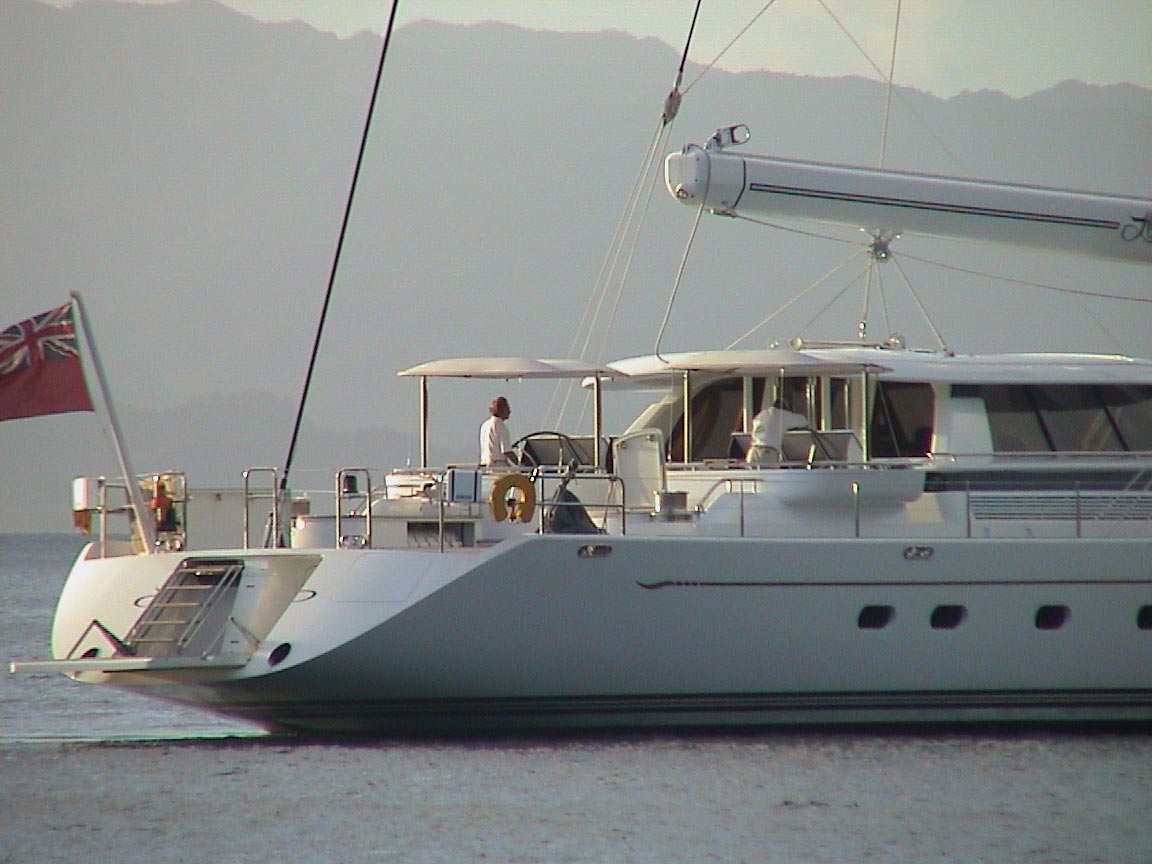
Savusavu town provides most things the cruising yachts need, from banking, groceries and general hardware to a marine chandlery, fuel, water, restaurants and access to communications and transportation.
On arrival either the Copra Shed or Wai Tui Marina will arrange friendly, on board check-in with government officials. Both the Copra Shed Marina and Waitui Marina welcome overseas yachts and provide moorings, showers, laundry service, fax and telephone, email access and a gathering place for the yachtsmen. There is a new Advanced Notification of Arrival form to speed up your clearing in.
You can download the required forms from the following links:
Fiji Passenger Arrival Card
Quarantine Pre-Arrival
C2-2 Advanced Notification / Inward Report for Small Craft and Yachts
C-2C Outward Bound Report for Small Craft and Yachts
C-35 Application to Ship Stores
Cyclone Season Alerts and Warnings Procedures for Fiji
Standard Operating Procedures for Superyachts (SOP)
Customs Requirements for Superyachts
Inward Report for Superyacht - Crew Details
Outward Report for Superyacht
There may be other forms required for clearing into Fiji, please double check.
For more detailed information please see the following websites:
Savusavu Cruising Guide
Noonsite.com
Two at Sea
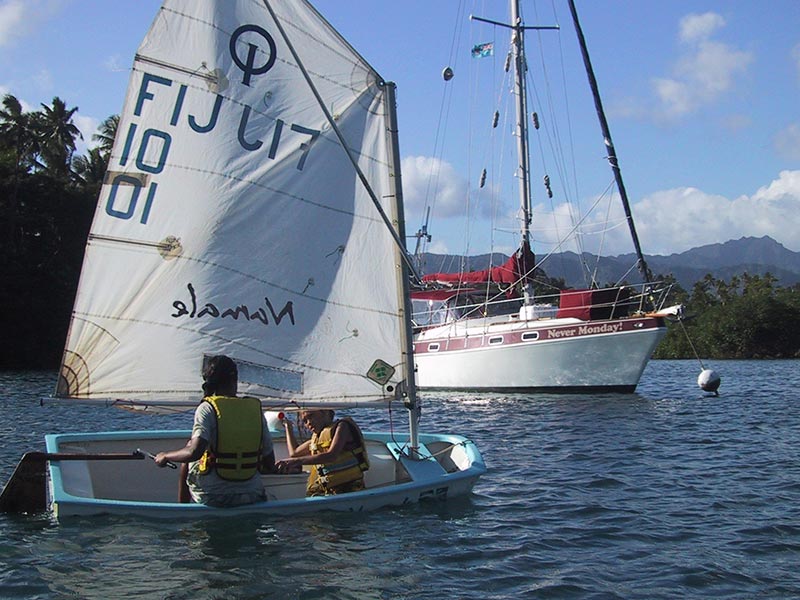
The Savusavu Yacht Club maintains a very active sailing program in Optimist dinghies and our kids have won more Fiji National Championships than any other yacht club in Fiji. The Savusavu Yacht Club hosts various sailing regattas throughout the year including Optimist dinghy sailing events for the kids, cruising rallies.
The local yachting and boating scene also offers overnight yacht charters, day sailing trips and kayak expeditions in and around Savusavu Bay. When the winds are blowing, the bay provides a brisk sail in sheltered waters, for those wanting to try sailing, perhaps for the first time and on a stable platform.
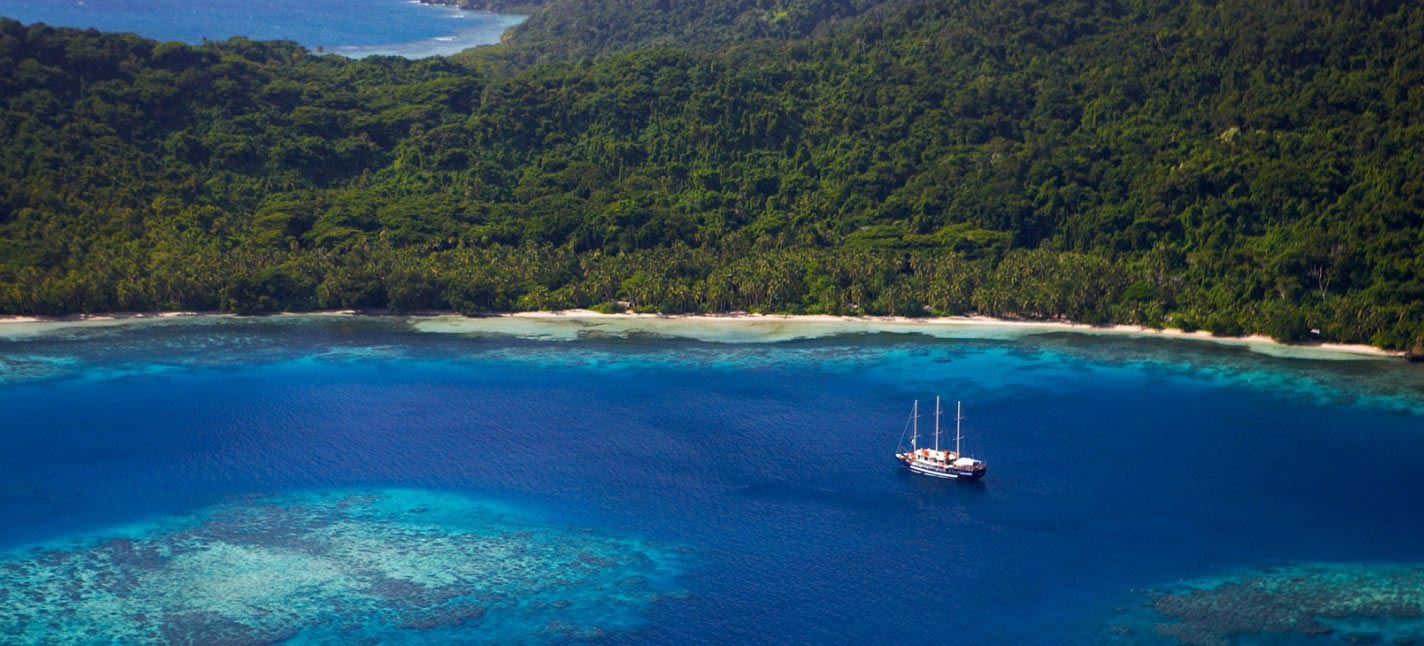
Or, you can use Savusavu as a cruising base and hire one of the local charter yachts to explore the less visited and more remote Northern islands...and see the way all of Fiji used to be. There are several options available from "your own private" and captained yacht to joining a four day to week long adventure cruise.
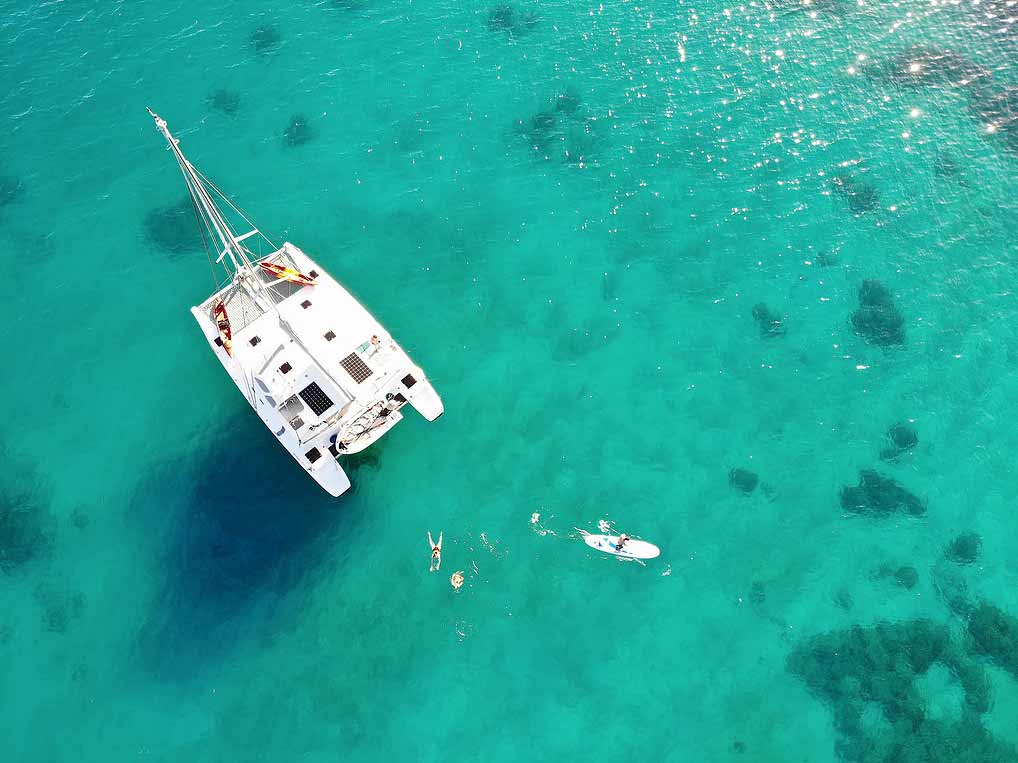
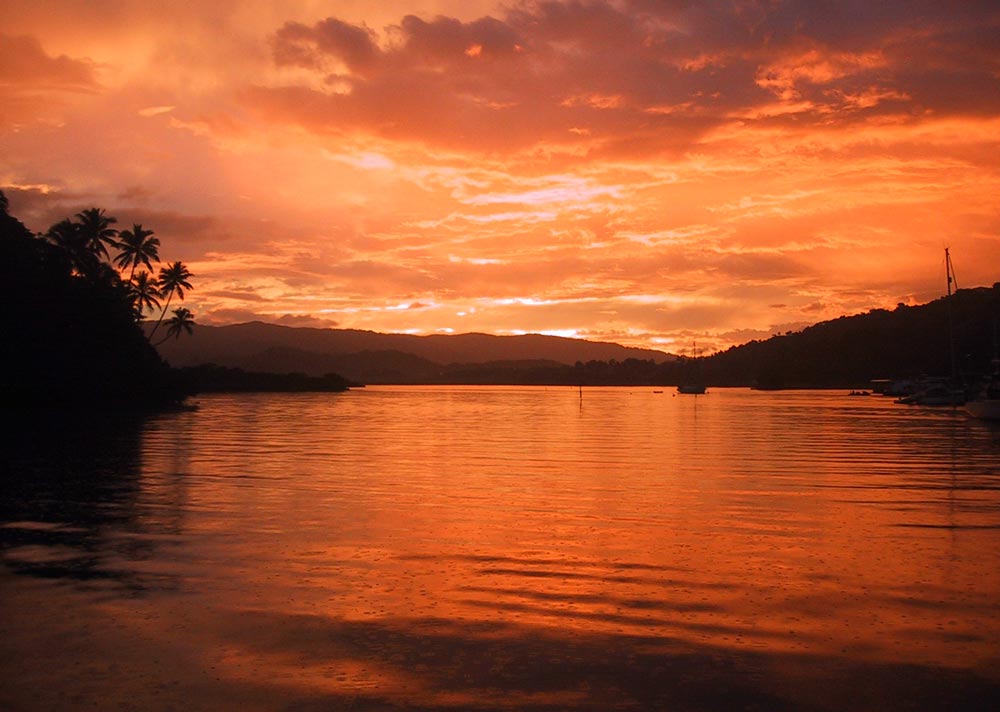
by Nigel Richards 4 Mar 11:20 UTC
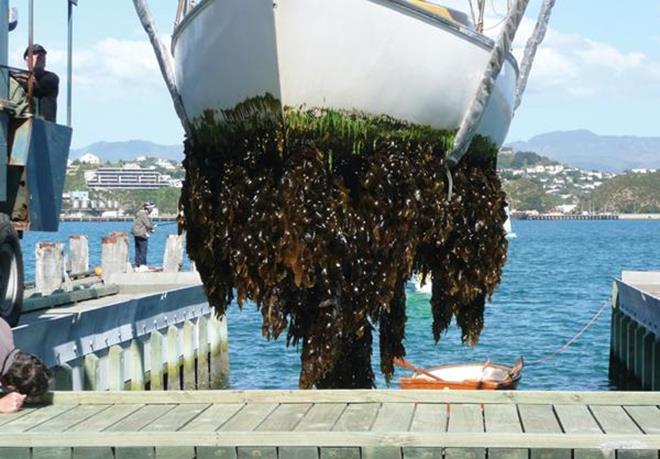
The Ministry of Primary Industries (MPI), have announced changes to the regulations about the level of bio-fouling allowed on the hulls of vessels arriving in New Zealand. These changes will come into effect from the 15th May 2018.
The Ministry of Primary Industries (MPI), have announced changes to the regulations about the level of bio-fouling allowed on the hulls of vessels arriving in New Zealand. These changes will come into effect from the 15th May 2018.
The changes are known as the Craft Risk Management Standard for Biofouling (CRMS). The CRMS is intended to ensure the risk of harmful organisms being introduced into New Zealand by the biofouling pathway is managed. The spread outside their natural ranges of aquatic organisms, particularly adventive species, through transfer as vessel biofouling is an internationally recognized issue. Under the Convention for Biological Diversity, the issue has been named as one of the major concerns for ocean environments and the UN International Maritime Organisation (IMO) has been charged with finding solutions that international shipping can agree to. Under the IMO a resolution has been agreed to encourage vessel operators to manage this risk and for member states to expedite uptake of IMO Guidelines. This standard aligns with the IMO Guidelines for biofouling management1 and is intended to contribute towards global management of this pathway as well protecting New Zealand from further introductions of marine pest species.
All the details are available from the MPI website. However, let's have a look at how it will affect cruisers as we arrive from our overseas adventures this year. The first thing to remember is this aimed at all vessels, both commercial and recreational and not just New Zealand registered.
The CRMS requires vessels to arrive in New Zealand territory with a 'clean hull' The standard also recognises two categories of vessels; those that will stay in New Zealand waters for 20 days or less and those that will stay longer. The short stay vessel category is aimed at commercial shipping, arriving, dropping off and collecting cargo, and only visiting 'Places of First Arrival.' A long stay vessel is one that will stay for 21 days or more and move from a Port of first Arrival. This article is aimed at the long stay category as most cruising vessels will fall into that category.
So, what is a 'clean hull'? Long stay vessels are only allowed to have a slime layer and gooseneck barnacles on their hulls. No other fouling is acceptable anywhere on their hulls or niche areas. Niche areas are defined as propeller, shaft, through hull fittings, sea chests leading edges of keels and rudders. Places where due to hydrodynamic forces and wear of coatings become more susceptible to fouling. To achieve the standard MPI stipulate that a hull must be cleaned no earlier than 30 days before arriving in New Zealand or be cleaned within 24 hours of the time of arrival. We will look at that option a little later. If you visit the MPI website (click any of the images), you can reference the guidance information for the CRMS. The frequently asked questions section can be found here:https://www.mpi.govt.nz/dmsdocument/27444-craft-risk-management-standard-faqs. Any other questions you may have about the standard you can ask MPI at standards@mpi.govt.nz.
I have been in contact with MPI to seek clarification on what cruisers must do to achieve the standard. Their response was:
As you are likely aware, the Craft Risk Management Standard for Biofouling (CRMS) will go into effect this May, and sorts vessels into two categories: long-stay and short-stay. As most cruising vessels arriving to New Zealand from abroad will likely remain in the country for >21 days and/or visit a port not approved as a Place of First Arrival (i.e. Fiordland), these types of vessels will generally fall into the more strict long-stay category. MPI advises long-stay vessels to meet the standard by maintaining a current antifouling coating and cleaning the entire hull and niche areas (keel, propeller, intakes, pipework, etc.) less than 30 days prior to arrival in New Zealand, and to retain documentation of these activities to verify compliance. This does not mean that boat owners necessarily need to haul out and repaint their vessel immediately prior to departure for New Zealand; in-water cleaning is an acceptable biofouling management action (provided it is done in compliance with local regulations and manages biofouling to the appropriate threshold). Upon arrival in New Zealand, inspectors will verify compliance by requesting documentation of cleaning and of a current antifouling coating, so boat owners should keep any relevant receipts or records as evidence. If the boat owner performs the cleaning themselves, acceptable evidence could include date stamped photographs of the hull and niche areas after cleaning and/or detailed entries in a biofouling log book regarding the cleaning.
Therefore, as cruisers we can comply with the requirements of the new regulations by in water cleaning, whilst complying with local rules. We must maintain a log book of inspection and cleaning activities and underwater photographs or video of the hull and niche areas. Keep all the receipts for antifoul coating and applications and be able to present those to the MPI inspector on arrival in New Zealand.
If you are intending to arrive in New Zealand and address your fouling here, at present, you can only arrive in four Ports of First Arrival that are certified to deal with your biofouling. You must have proof of a booking with the facility to show the MPI inspector that you are to be hauled and treated within 24 hours of arrival. The approved sites are North Island; Opua, Bay of Islands Marina, Marsden Cove Marina, Tauranga, Bridge Marina and in the South Island, Stark Bros Ltd, Lyttleton, for larger vessels needing a dry dock. This list will grow as more operators are certified. For more information please check the MPI website.
This article has been provided by the courtesy of Island Cruising NZ.